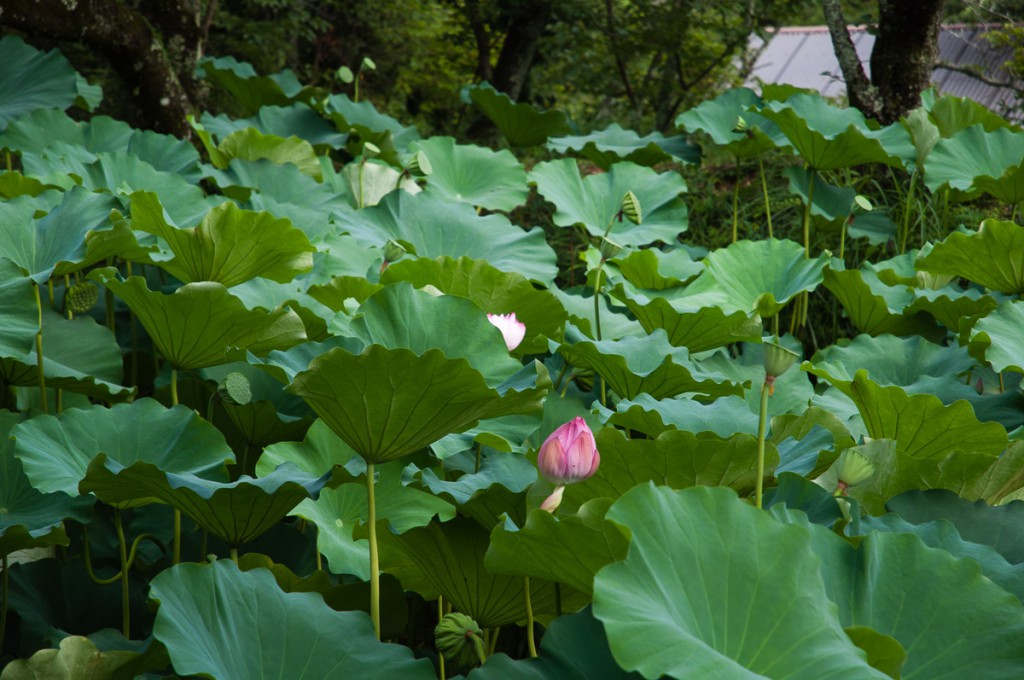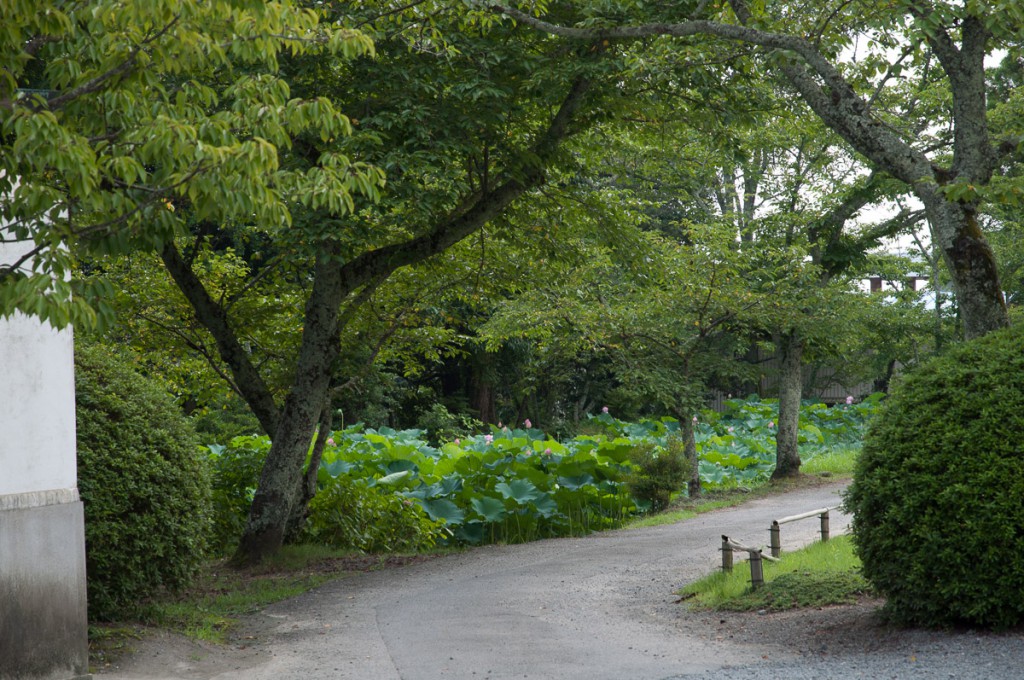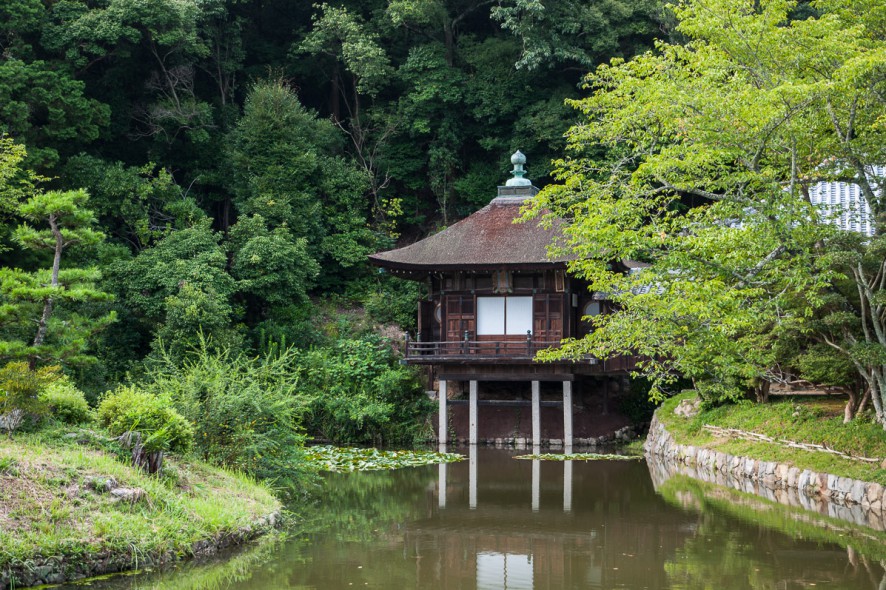We came here in the middle of the week, more on a whim than properly planned. And somehow despite the prominence of this area, there was hardly a soul here. If I had wandered here alone, I am not sure exactly what I would have felt in this place which is bedded in lush greenery, so deep deep green. Impressions of enchantment, excitement, oblivion and nostalgia come by without asking.




After the mountain ascetic and mystic En no Gyoya had determined the area to be a suitable base for spiritual practise he set up a small temple called Bufuku-ji. This was in the year 1087, the late Heian period. Some fifty years later the monk Kakuban received the area from the emperor Toba. He thence consolidated and expanded the grounds which were now called Negoroji as a center of learning centering around a particular sub-school of Shingon Buddhism (True Word School of Buddhism). Over the next centuries Negoroji increased in size and influence. At some point in time this area had housed ten thousands of scholars. As a center of learning it was almost unparalleled and became one of three mountain universities which were also mentioned by some of the padres which where the first to be able to enter Japan in the early Sengoku period. However, during the Azuchi Momoyama period (unification wars), the balance between the religious institutions and the powerful daimyo clashed and saw some readjustments. And in these struggles Negoroji, which was one of the first places that was able to manufacture firearms and also was home to warrior monks and hundreds of troupes of armed monks was razed by Toyotomi Hideyoshi (primarily for political reasons and to regulate the power structure). He destroyed most of the probably over 2500 temple buildings that were scattered around the area at that time. One of the buildings that survived the assault was the Pagoda, which can still be admired today. Later, after the function of Buddhism was changed in the state structure, Tokugawa Yorinobu, son of Tokugawa Ieyasu initiated the reconstruction of the temple grounds and structures. This effort would continue for the most part of the Edo period.








Further information:
- Wikipedia on Negoroji as a Center of Buddhist learning
- En no Gyoya (mountain ascetic)
- Kakuban (monk)
- Shingon Buddhism
- Negorogumi
- Website of Negoroji




